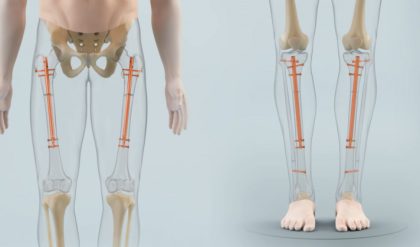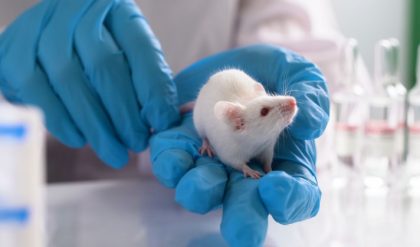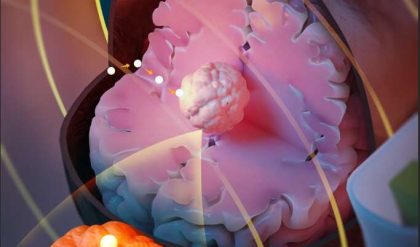DNA polymerase cannot initiate replication, it can only add new nucleotides to an existing strand
For DNA replication to occur, an RNA primer must first be synthesised to provide an attachment point for DNA polymerase
DNA polymerase adds nucleotides to the 3’ end of a primer, extending the new chain in a 5’ → 3’ direction
§ Free nucleotides exist as deoxynucleoside triphosphates (dNTPs) – they have 3 phosphate groups
§ DNA polymerase cleaves the two additional phosphates and uses the energy released to form a phosphodiester bond with the 3’ end of a nucleotide chain
Direction of DNA Synthesis

Leading versus Lagging Strands
Because double-stranded DNA is antiparallel, DNA polymerase must move in opposite directions on the two strands
§ On the leading strand, DNA polymerase is moving towards the replication fork and so can copy continuously
§ On the lagging strand, DNA polymerase is moving away from the replication fork, meaning copying is discontinuous
§ As DNA polymerase is moving away from helicase, it must constantly return to copy newly separated stretches of DNA
§ This means the lagging strand is copied as a series of short fragments (Okazaki fragments), each preceded by a primer
§ The primers are replaced with DNA bases and the fragments joined together by a combination of DNA pol I and DNA ligase






